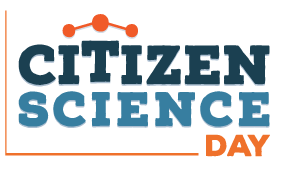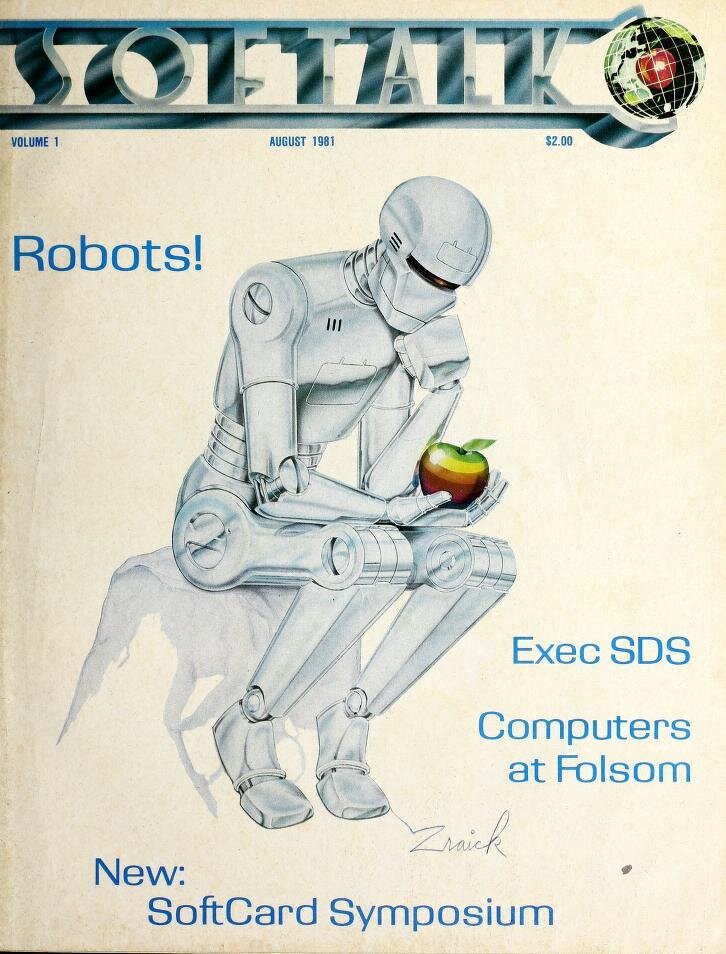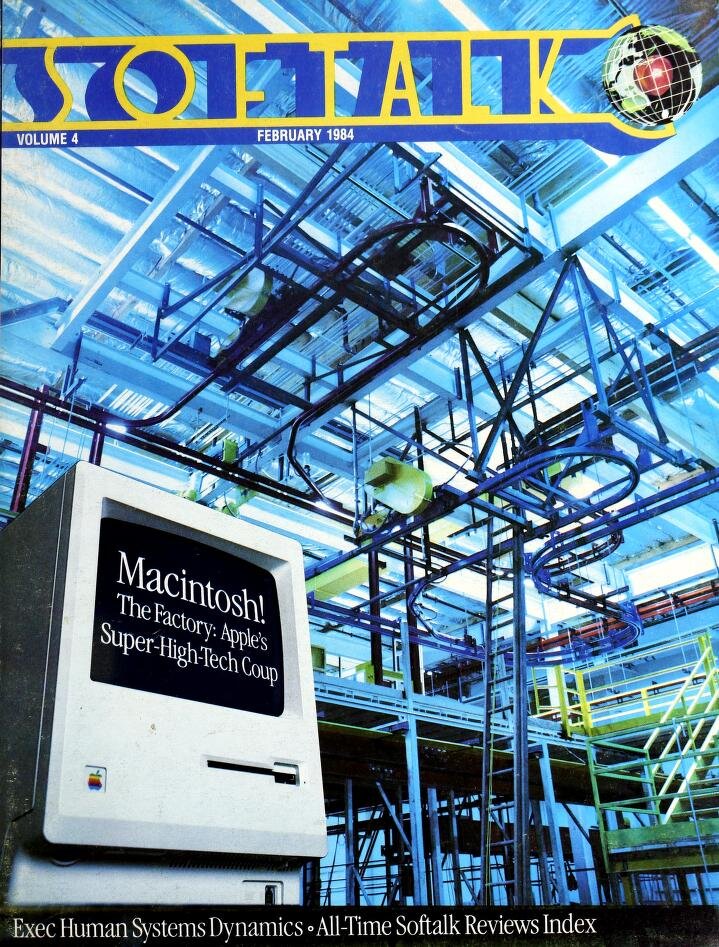Citizen Scientists at Work-2

April 13 is Citizen Science Day. To learn more about this area of research practice I interviewed citizen scientists Jim Salmons and Timlynn Babitsky.
I’m sharing the interview in three parts. Find the Citizen Science series here. Feel free to share your own experiences with Citizen Science in the comment area!
Q. Can you describe yourresearch projects and how you got started?
Following my horrific two-year cancer battle and before Timlynn’s own health battles, we wanted to give something back, what we call a #PayItForward Bonus Round. We found the project “seed” when I rediscovered two boxes of old Softalk magazines.
Softalk was one of the premiere magazines at the dawn of the microcomputer, in print from 1980-84. I wrote for, and eventually worked as Director of Marketing for Softalk.
Full sets of this magazine were rare. Seeing how the Internet Archive had opened up digital preservation to the public, we decided that our bonus round would be what amounted to a Citizen History project of getting the 48 issues digitized and preserved there. So, we funded the digitization of the magazine by the Internet Archive as our post-cancer 25th wedding anniversary gift to researchers interested in the early days of Apple and the digital revolution.
Once preserved at the Internet Archive, we created
www.SoftalkApple.com to help promote interest in the digitized magazine by the public and scholars of early microcomputer history.
The more we looked into digital archive technologies and the emerging interest and support for eResearch and eScholarship, the more we understood that the “missing link” in our mission was the “how” dimension of digital access, beyond the “what” of our Citizen History project.
Q. How did this project move into Citizen Science?
JS. To cover the “how” side of our mission, we found ourselves increasingly in the domain of digital text- and data-mining. And that’s how our Citizen History activity led us to start FactMiners.org and evolve into avid Citizen Scientists.
Through ourproject websites, Twitter, and Medium we kept exploring the intersection of #DigitalHumanities and #CulturalHeritage. These activities led us to plead for non-traditional membership into the researcher-focused social network, ResearchGate.net. As we grew our #PLN (Personal Learning Network) we became more visible for our interest in, and design for, development of a ground-truth storage format for digital serial publications, i.e., magazines and newspapers. Our focus evolved from preserving the single Softalk magazine collection to using that collection as a reference implementation for the #MAGAZINEgts, ground-truth storage format.
Q. How did you grow your network internationally?
JS. Since the epicenter and hotbed of text- and data-mining of historic documents is heavily European Union based, our #PLN and growing network of collaborative kindred spirits are strongly @EuropeanaTech based researchers and research projects. In fact, the most massive, awe-inspiring, and visionary #DigitalHumanities and #CulturalPreservation project is the Time Machine EU megaproject. The Time Machine is an EU-funded candidate for significant multiyear funding as an FET/LSRI project, which means it is considered a Future and Emerging Technology and Large-Scale Research Infrastructure project. Anyone who is not familiar with this project, we encourage you to follow this link to learn more: https://timemachine.eu/.
Q. What is the Time Machine Project?
JS. To date, the Time Machine Project has largely been an institutional-centric consortium project. Our request to become involved in this project was problematic due to us not being European certainly, but even more so because we are unaffiliated #CitizenScientists. As Time Machine EU seeks to grow support and involvement as it pursues designation as an FET/LSRI initiative, we have launched an unofficial initiative to develop an informal Roadmap for Citizen Scientist participation. The @TimeMachineEU FET/LSRI project is the #DigitalHumanities #CulturalHeritage "moonshot" of the 21st C.
If anyone reading this interview in interested in #CitizenScientist participation in the Time Machine Project, we encourage them to contact us via Twitter (@Jim_Salmons, @TimlynnBabitsky), LinkedIn, or ResearchGate.



